Have you been hearing about gardeners topping their pepper plants? While it seems scary, it’s true! Topping pepper plants is an easy practice that many of us use to increase pepper yields and strengthen the plant.
However, not all pepper plants should be topped! Don’t do it just yet!
In this article, we’ll review the when, why and how when it comes to topping pepper plants. By the end, you’ll confidently be snipping away (the right away) and achieving your best harvest yet!
Let’s jump in!
*Disclosure: This post may contain affiliate links to products (including Amazon). I’ll earn a small commission if you make a purchase through my link, at no additional cost to you! Regardless, I only link to products that I personally use on our homestead or believe in.
What is Topping?
Topping is a common term used to describe snipping off the growing tip of a young pepper plant (similar to pruning). This stimulates side shoots to develop, rather than allowing the plant to continue to grow taller and taller. As a result, you’ll achieve a bushier plant and that comes with many benefits!
How does Topping Work?
Pepper plants produce a set of hormones called gibberellins and auxin, which are found at the growing tips of the plant. These hormones stimulate upward growth and will continue to do so unless those growing tips are snipped off.
Once the growing tip is removed, gibberellins and auxin begin to accumulate in the next set of nodes below the cut. This results in the plant branching out with new growth, laterally.
Why You Should Consider Topping Your Pepper Plants
You may be familiar with topping tomato plants, but what about pepper plants? Let’s break down the 4 main reasons why gardeners may choose to top their pepper plants.
- Higher Yields: More side shoots = more flowers = more fruit!
- Stable growth: Bushier growth results in a stable plant that’s less likely to snap or blow over when it’s windy
- Reduce shading of surrounding plants. If your pepper plant reaches several feet tall with no pruning, it will cast a shadow on its neighboring plants.
- Aesthetic: A bushier, well-balanced plant is more appealing to look at than a tall, gangly one that is toppling over.
When to Top Pepper Plants
As I mentioned above, it’s important to understand which peppers plants should be topped and when to do it. You can actually hurt the growth and production of your peppers if you don’t do it correctly.
Timing
It’s essential that you are topping your pepper plants early enough in the season that they have time to set new fruit and ripen it before the fall frost arrives. If you wait too long, their growth will be stunted. A good rule of thumb is to top your pepper plants when they are 6-8” tall.
Varieties
The varieties that respond the best to topping are those that are on the smaller-side. The hot peppers like cayenne, jalapeno or habaneros do especially well. Here are my best picks for topping from my favorite seed company, High Mowing Seeds:
- Aji Rico F1 Hot Pepper
- Bangles Blend Pepper
- Habanada Sweet Specialty Pepper
- HMS Red Picnic Pepper
- Jalafuego F1 Jalapeno Pepper
- Maya Habanero Hot Pepper
- Red Ember F1 Cayenne Pepper
- Ring-O-Fire Cayenne Pepper
When You Shouldn’t Top Pepper Plants
Here are the top 3 situations where you shouldn’t top your pepper plants. Want to see this discussion in action? Check out my video on Instagram where I talk all about it!
Large or Bell Pepper Varieties
These varieties don’t seem to respond well to topping. Instead of increased fruit production, it tends to decrease if they have more branching vs one central leader.
A study 2013 Australian Study found that their 3 varieties of bell peppers had smaller fruit with thinner walls when allowed to have 2 or 4 branches, rather than 1 central leader (see photo)
Short Growing Season
If you’re in zone 4 like me, topping pepper plants can be kind of a gamble. Topping the pepper plant results in a bigger harvest, however, that harvest is now delayed a bit. That’s because when you snip off the growing tip, the plant puts its energy into creating and redirecting new growth rather than setting fruit.
Therefore, if you are racing against time to get your harvest complete before the fall frost, you may not have this luxury. I’d recommend doing an experiment. Try topping half of your pepper plants and leave the rest as-is. Monitor their growth and fruit development throughout the season and see which group does the best!
Late in the Season
As mentioned above, topping your pepper plant will delay your harvest some. Therefore, if you are waiting until mid-summer to top your pepper plants, you may not have a harvest at all! It’s best to do this in the spring when your plants are still focused on new growth rather than ripening fruit.
Topping Pepper Plants: How To
First, gather your tools – you won’t need much beyond a good set of clean shears and your pepper plants, of course! Make sure to clean them between garden duties so that you don’t spread disease.
The Homesteading RD's Product Picks | |
The perfect size for precision cuts like topping your pepper plants or snipping tomato suckers. Micro-Tip blades cut all the way to the tip for clean, healthy cuts in tight spaces and stay sharp through heavy use. Non-stick blade coating helps reduce jamming and resin build-up. | |
Next, determine that you are topping the right pepper plant (small pepper varieties) and at the right time (when the plant is 6-8” tall). See sections above for details if you missed it!
Then, find a stem section that is right above an upper set of leaves. You only want to cut off about 1” of upper growth, so don’t cut too far down! Make sure to leave a little “nub” of stem as well because the stem will die back a bit. If you cut too close to the set of leaves, they may die off as well.
What you’ll notice in a few weeks is that new branches will grow from nodes just below each of the remaining leaves. This will result in a busher, more compact growth (with more fruit!).
That’s it! Congratulations, you’ve done it! Easy peasy.
FAQ About Topping Pepper Plants
Still not sure about a few things? Here are some of the most common questions that I receive when talking about topping pepper plants.
Should I Top My Pepper Plants?
This is a hard one to answer because there are a lot of factors! You are a good candidate to top your pepper plants if you:
- Have varieties that produce small peppers (don’t top your large bell pepper plants!)
- Are early enough in the season where your plants are only 6-8” tall
- You live in a warm climate with a longer growing season (zone 5 or warmer)
Should I Be Pinching the Pepper Flowers, too?
In the beginning – Yes! I know it seems crazy for me to recommend that you remove the first few pepper flowers that appear on your plant, but hear me out! If you let your pepper plant continue to develop its first few blooms into fruit, it will stop putting its energy on overall growth.
That means, you’ll end up with a stunted plant with less peppers overall. Yes, your harvest will be delayed a bit by removing the first few blooms, but you’ll get a larger harvest in the end!
When should you do this? Definitely when your peppers are still indoors and waiting to be transplanted. Another rule of thumb is to wait until your pepper plants are over 8” tall to allow it to start setting fruit.
What if My Pepper Plant Has Already Divided?
Sometimes, the pepper plants will naturally start dividing, rather than having 1 main branch growing up and up. In these cases, you don’t have to do anything!
What Should I Do With the Cuttings?
After topping your pepper plants, you don’t have to toss those clippings away! With a few easy steps, you can actually turn them into another thriving pepper plant!
Simply, place your cuttings into a glass filled with water so that the cut end is submerged. If you have some rooting powder on hand, you can add that, too! Within a week or so, you should see little roots forming. Once the roots are at least an inch long, you can transplant them into a soil-based medium.
Other Articles You’ll Love
- 10 Tips for Starting Pepper Seeds Indoors
- Growing Tomatoes in Grow Bags: A Comprehensive Guide
- Topping Tomato Plants (Why, When & How to Do It)
Final Thoughts
Topping pepper plants can be a useful strategy to gardeners if utilized at the right time and in the right way. I hope you are now feeling confident about your decision on whether to go through with it or not, plus how to go about it!
Personally, I have chosen not to top my pepper plants here in zone 4 in 2022 because we have had an unseasonably cold spring. Because of this, my pepper plants are already behind schedule and we have a short growing season to begin with. Hopefully next year will be warmer and this will be an option for me!
If you want more tips on how to successfully grow peppers, definitely check out my article 10 Tips for Starting Pepper Seeds Indoors!

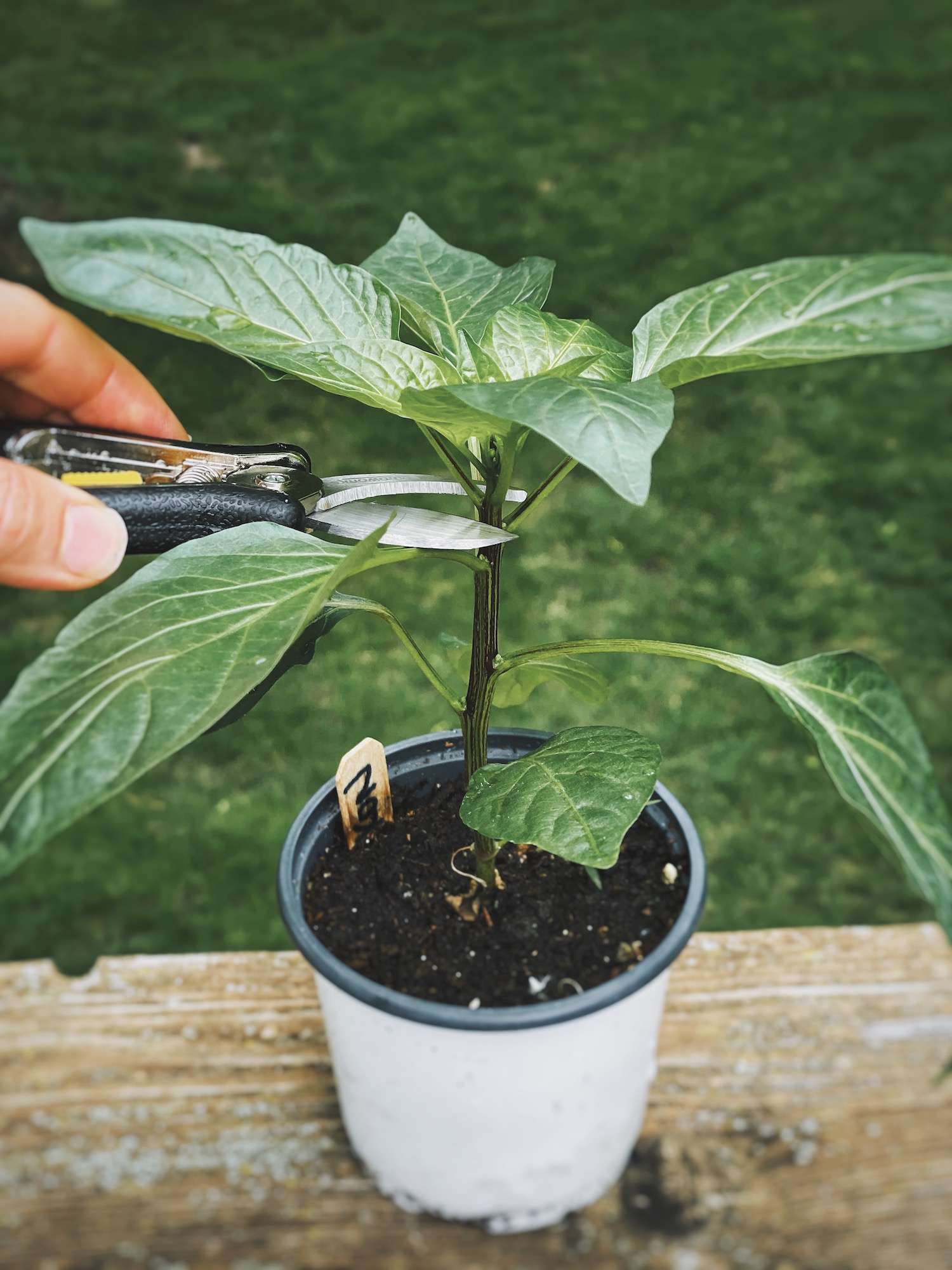
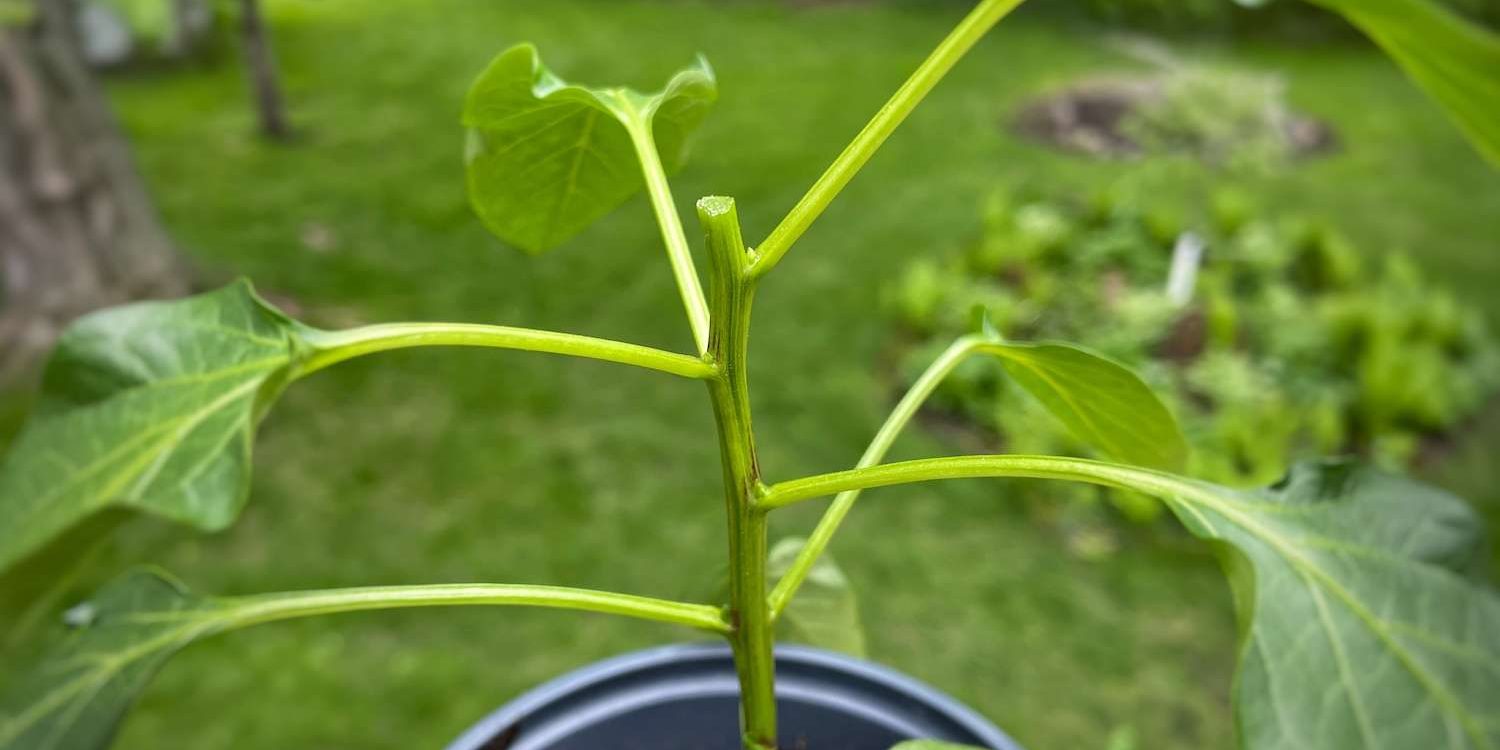
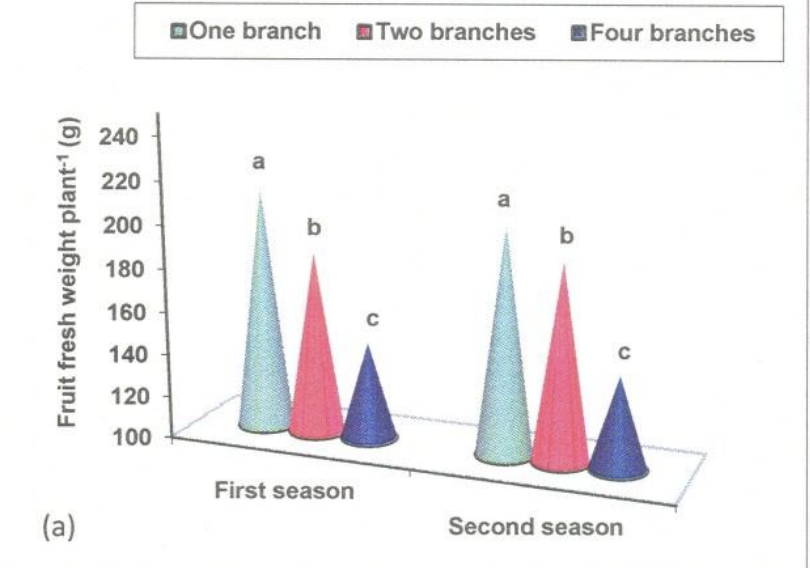

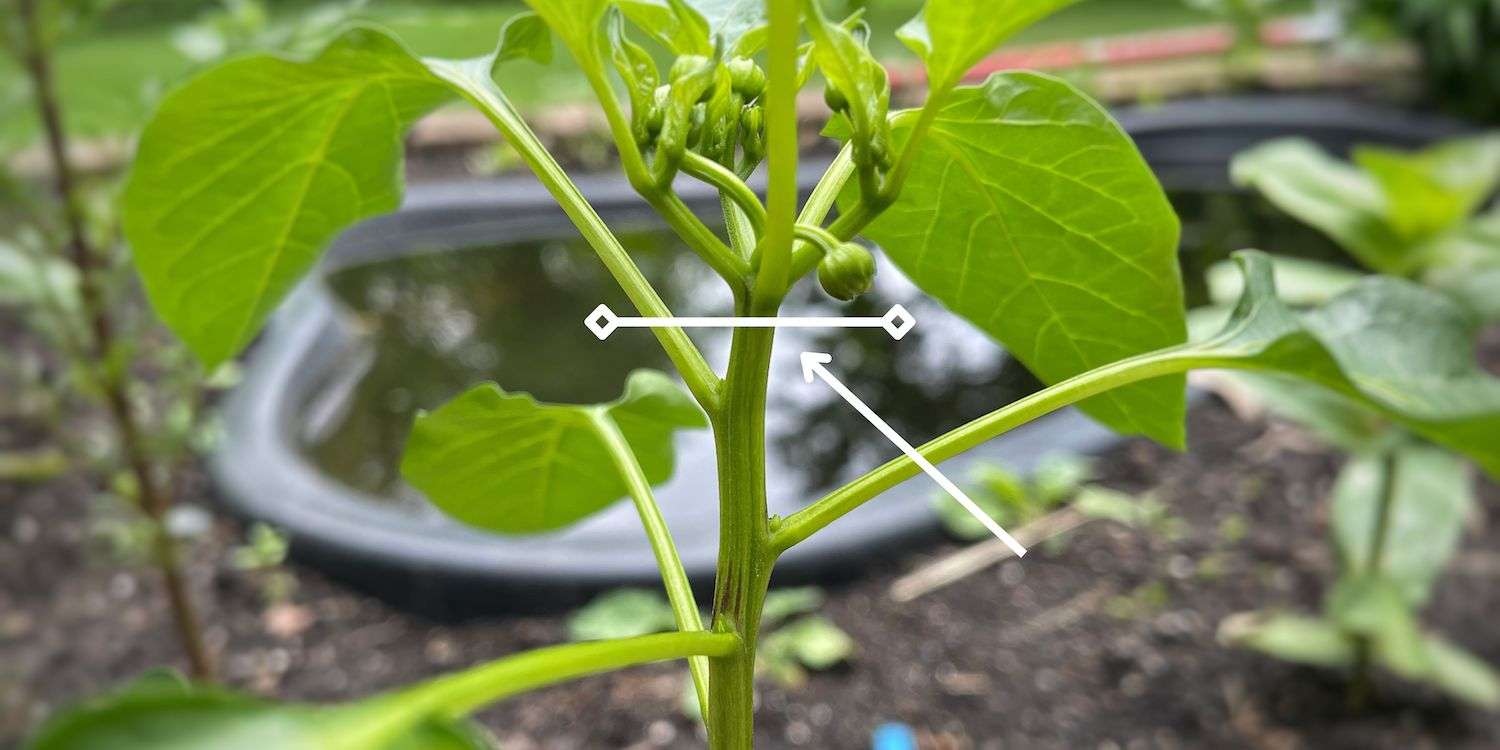
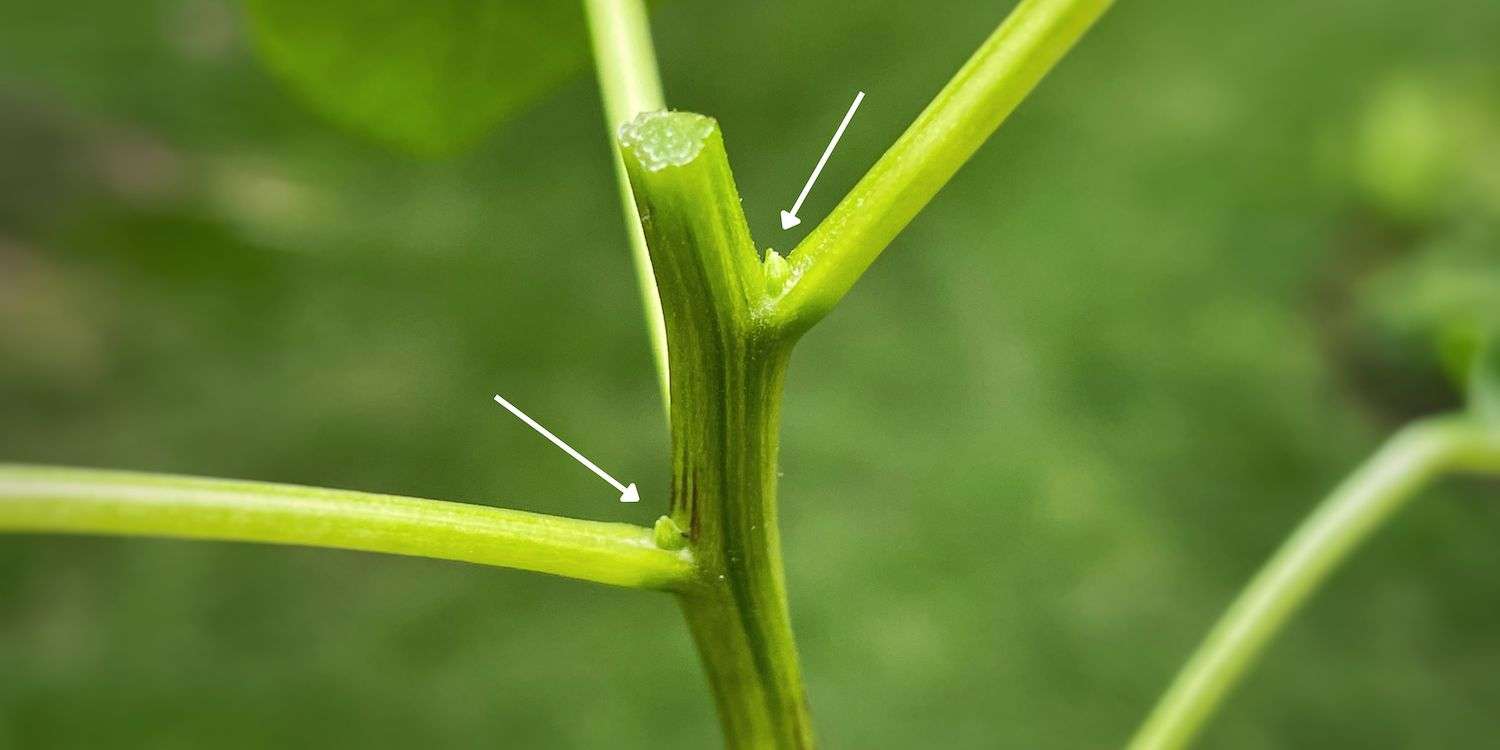
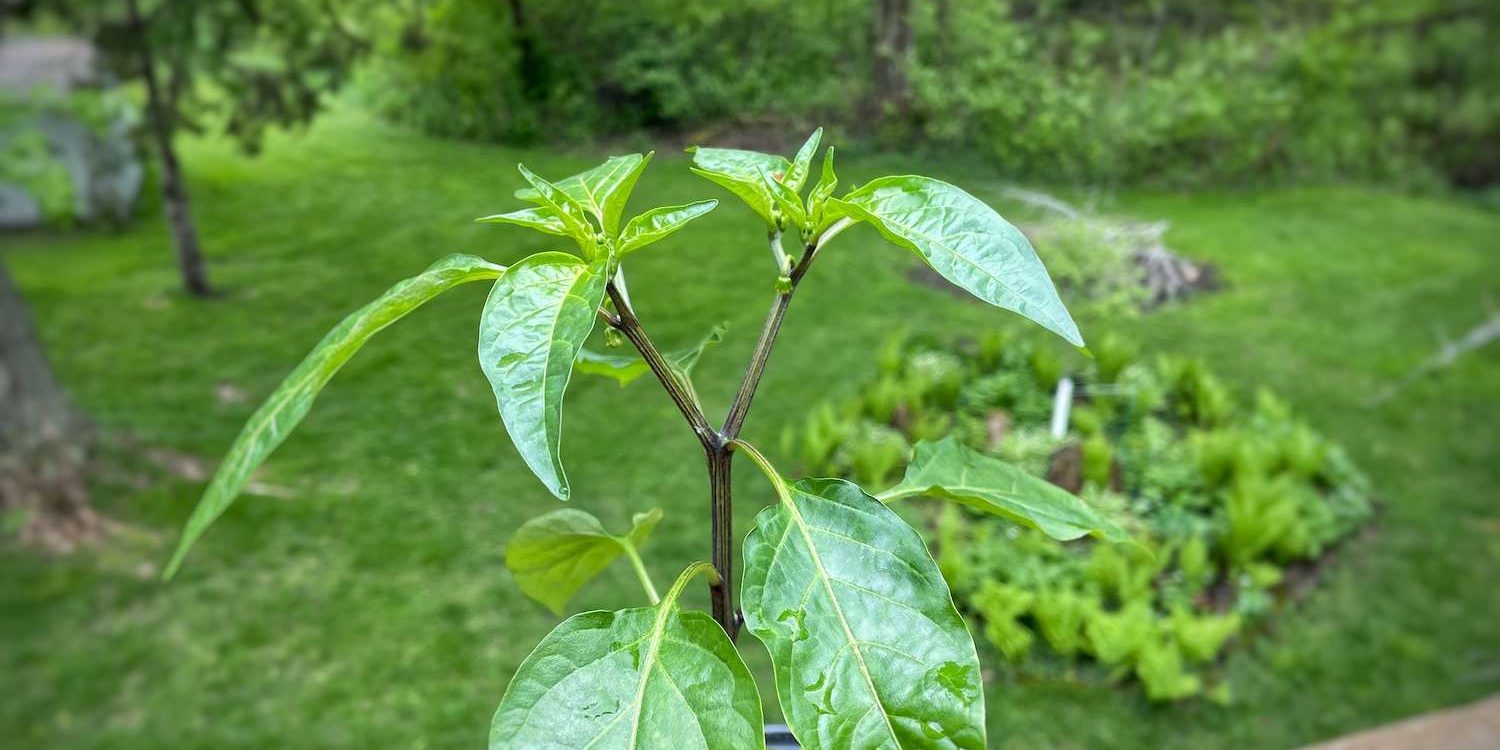

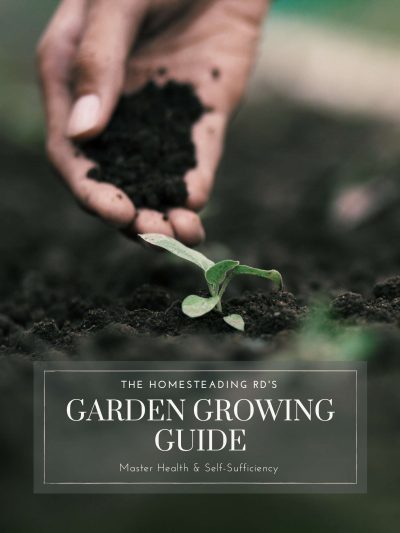
I’d like you to try removing everything below the main split. This will cause your top to keep splitting. I’ve gotten 16-32 tops before plant is 12 inches tall.
Further, they all grow identically due to apical dominance. When you cut off top the top 2 will eventually grow much larger than all other side shoots.
Look up mainlining technique and you’ll see why this method is the best. Remove the suckers as they call it. The joints are much stronger this way, which makes a sturdier plant. I’ve tried your technique and they snap under heavy fruit load. The knuckle at the stem is weak.
Once you try it you’ll never go back. You’re welcome in advance 🙂
thank you for the article
You’re welcome!
Such great info!!! I added to my favorites. I’m going to start planting peppers and will need this helpful information later. 😊
How fun! Let me know if you have any questions along the way!
Thank you so much for all the information.. i have a black thumb so I like to gather as much information I can before I risk my plants 🙂
I’ve killed just about everything at least once! It’s the best way to learn 🙂
Since we have such a long growing season here in middle Georgia, we typically always top our pepper plants. I LOVE how bushy they get afterwards! 🙂
This is seriously helpful and so informative! I’ll need to try this strategy this year on my jalapenos. Thanks for helping me learn this!
Yay! I’m so glad to hear it. Yes, jalapeños are an excellent choice for topping!
This is great and so informative thank you!
You’re so welcome!
We call them capsicum plants down under in Aus 🙂
I love that! Thanks for sharing 🙂
What a well-written and informative post. I have never considered topping my pepper plants. And now I know it’s a mistake. Thanks for your dedicated work!
You’re welcome! Thanks for reading 🙂 Happy gardening!
Thank you for sharing this very informative blog. If my pepper and tomato plants survive, I will definitely use your tips for topping them. Never thought of cleaning shear in between use to prevent disease contamination. Did not even know of rooting powder. I see videos of gardeners using honey as a rooting mechanism. What do you think?
I have heard of using honey, too! It’s on my list of things to try. Would be nice to use a natural option 🙂
Great info, and yes I do top my pepper plants. We have a long (and hot) growing season here in North Texas zone 8 so they have plenty of time to produce lots of peppers. But I also have a fall garden and those peppers I do NOT top. Not enough time till frost arrives. Super info here, love the diagrams on how to prune (top) them!
Sounds like you know exactly what you’re doing! I’m jealous of your long growing season!
This is really helpful information. I saw this on Instagram and TikTok and I was curious about it! Thanks for being a trusted resource.
I’ve been seeing it a lot on there, too! However, not everyone talks about when you SHOULDN’T top so I hope this is helpful info to make the right decision.
We typically top everything we grow when we get an early planting (sometime in March or early April). This year, we got a little bit of a late start, but we may still top our plants since we have a longer growing season, too. 🙂 Good information here!
That’s so nice to have a long growing season like that! So many possibilities 🙂
This is such a helpful article! Thanks for sharing the helpful tips on how and when to top pepper plants.
I’m glad to hear it was helpful!
I’m pretty sure I can’t top the varieties in my garden, but this is such great information! Thank you!
No worries! I don’t grow many varieties that are appropriate for topping, either.
I love those little snippers 🙂 I have a set and they work great. I’ve never topped my peppers, I usually just grow bell peppers for my salsa and tomato sauces, but this year I tried some cayenne so I’ll top those ones!
Sounds like you’re picking the right ones to top! Yes, those snippers are so great! Glad to hear that you’re loving them, too 🙂